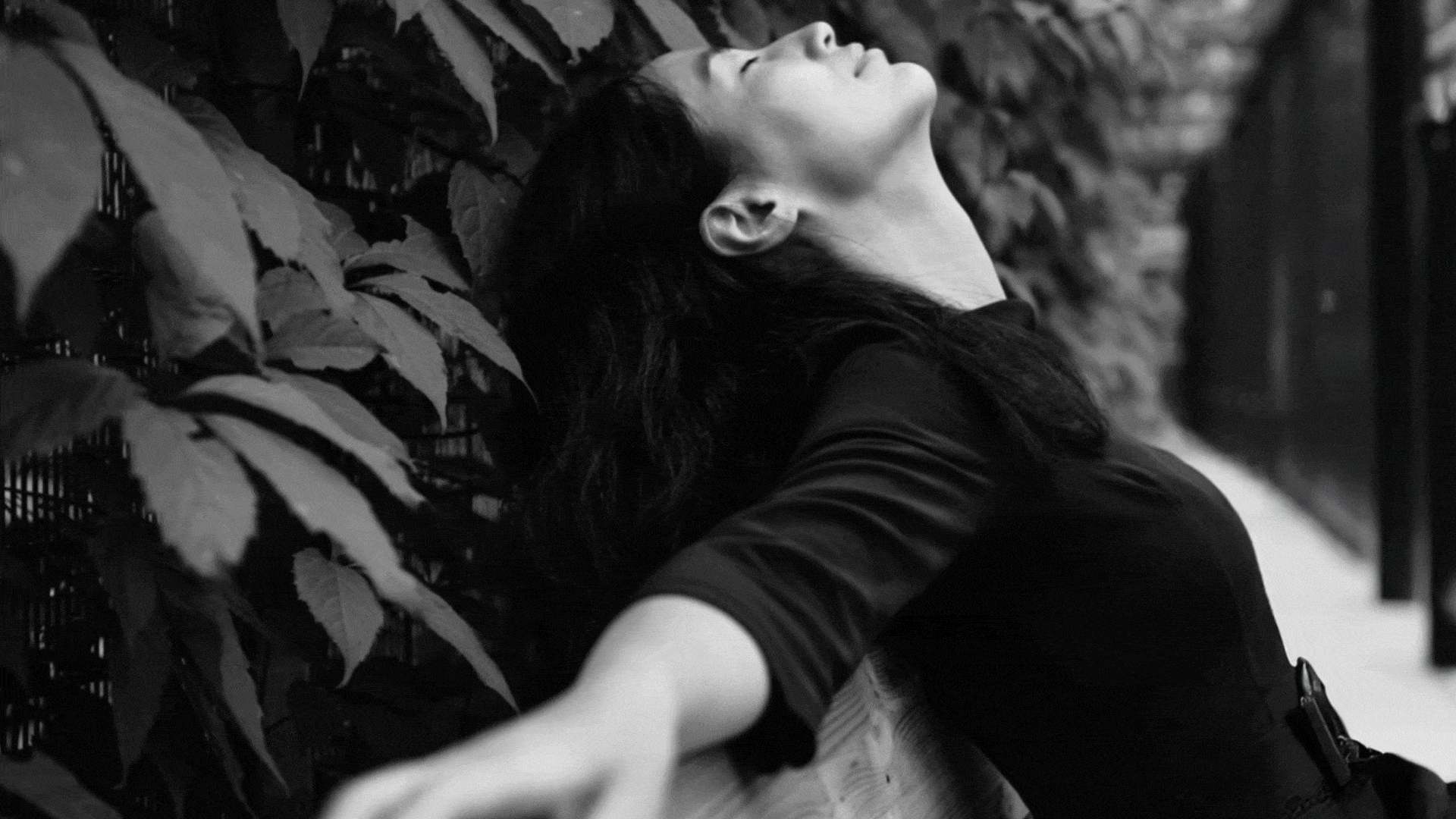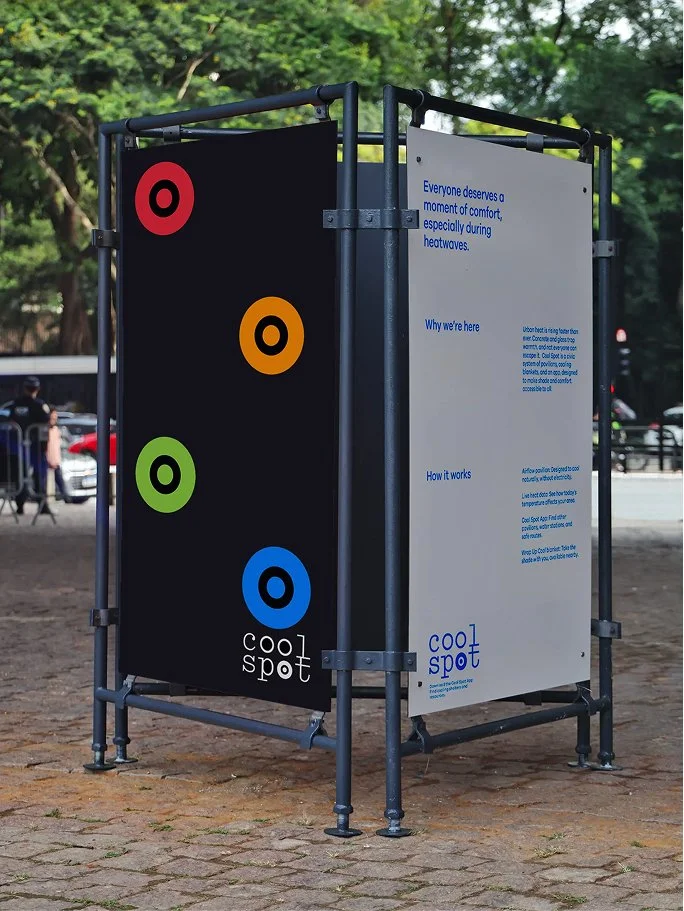Cool spot:
Imagine a world where shade and comfort aren’t luxuries in a city, but civic essentials. Where staying cool on the hottest days is as universal as access to water or light.
Cities are heating up faster than ever. Concrete and glass trap heat, and vulnerable groups such as families, older people feel it first. The RSA invited designers to create real, scalable responses to urban heat that could make city life more liveable today.
Urban cooling is often slow, costly, and out of reach for many communities. The challenge was to design a system that works quickly, fits different city contexts and treats comfort as a civic right rather than a luxury.
Cool Spot is a connected system that brings together an app for finding cool zones, pavilions built for airflow and shade, and portable blankets made with phase-change materials that help people stay cool wherever they are.
The system was tested with families, older residents and local planners to make sure it met real community needs. Each element can be built, adapted and scaled using local materials, sustainable methods, and open-source data. Together they create a practical and dignified model for cooling cities.
Cool Spot received the RSA Spark Entrepreneurs Award 2025, with seed funding and mentorship to move into its first pilot phase. It turns heat relief into public infrastructure that is practical, human and ready for cities today.











